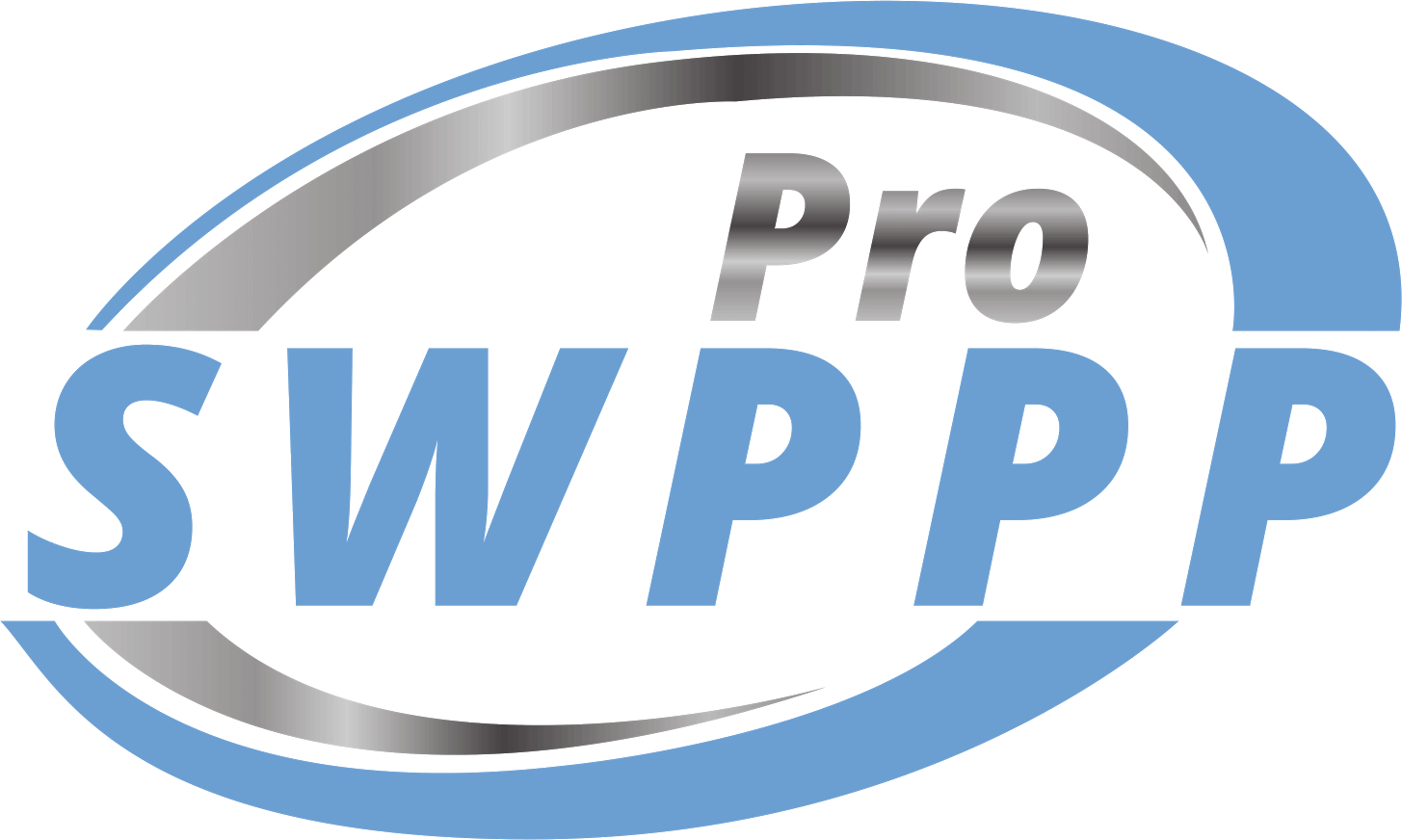SWPPP Requirements In Texas: What You Need To Know
When it comes to environmental compliance in Texas, understanding the storm water pollution prevention plan (SWPPP) requirements is a must for any construction or industrial site operator. The SWPPP is a comprehensive document that outlines how a construction or industrial site will prevent stormwater pollution. Neglecting this critical requirement can lead to hefty fines and severe environmental damage.
Allowing professionals to create your SWPPP plans is wise. With their assistance, you can ensure all bases are covered.
Keep reading to learn more about SWPPP requirements in Texas.
Site Description
The site description forms a fundamental part of your SWPPP plan. Describing the site, including the nature of the industrial activity, is crucial. This could range from manufacturing and processing to raw or waste material storage.
Understanding the topography of your site is equally essential because it can influence runoff patterns and stormwater discharge points. Steeper slopes may lead to increased erosion and quicker runoff, while flat areas may have issues with water pooling.
Your site description should also include any plans to control or prevent potential runoff and sedimentation issues. These could include stabilizing erodible slopes with vegetation, constructing sediment basins, and using synthetic turf.
Identification of Potential Pollutants
Identifying potential pollutants at your site is also vital. These pollutants vary depending on the nature of the industrial or construction activities carried out at the facility. For instance, a manufacturing plant may deal with heavy metals, oils, and chemical solvents, whereas a construction site might have concerns about sediment, debris, and concrete washout.
If not properly managed, each of these substances can pose significant threats to water quality, potentially contaminating local bodies of water, both above ground and underground.
The pollutants can also negatively impact local ecosystems, posing hazards to both flora and fauna. Understanding what pollutants your operations could produce is the first step toward effective pollution prevention.
Erosion and Sediment Controls
Erosion controls are designed to prevent the detachment and movement of soil particles. They include seeding or mulching disturbed soils, installing geotextiles or erosion control blankets, and preserving existing vegetation where possible.
Sediment controls aim to trap sediment that has already been eroded and is being transported in stormwater runoff. These measures include silt fences, sediment basins or traps, and check dams.
Choosing appropriate controls for your site involves evaluating several factors, including the nature and duration of the construction activities, the characteristics of the site’s soils, the site’s topography, and the extent and nature of the expected precipitation.
Spill Prevention and Response
Understanding how to prevent and respond to an oil or other hazardous substance spills is a key component of any comprehensive SWPPP plan. Spill prevention is primarily about implementing strategies that minimize the risk of accidental spillage.
This can involve ensuring proper containment of hazardous substances, routine equipment inspections, and providing employees with adequate training for handling these substances safely and effectively.
In the unfortunate event of a spill, a swift and effective response is necessary to limit the damage. The response plan should outline clear procedures for containing and cleaning up the spill, notifying pertinent authorities, and implementing corrective actions.
Let Us Create Your SWPPP Plans!
Are you in need of SWPPP plans? If so, our team is here to help. We can create and deliver these plans in as little as 72 hours.
